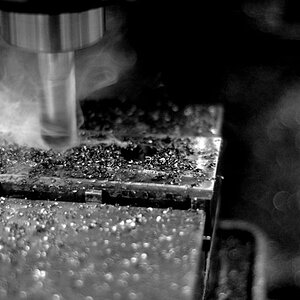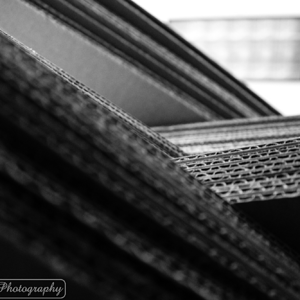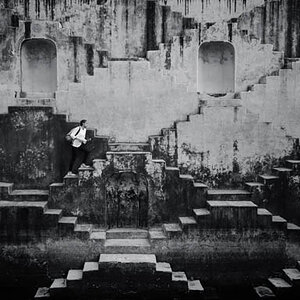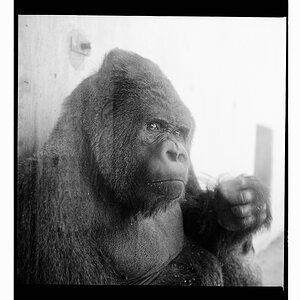unpopular
Been spending a lot of time on here!
It's more of a graphic design problem than a photography problem though. It affects photographers when they're selling stock to designers. A designer will look at an image and want to see it's possibilities in a wide range of options.
One issue that a graphic designer will consistently encounter is "oh, it's perfect except this one thing that can't be changed". You end up having to completely redesign everything around a new photograph! That means the entire proof process starts over. Even if you find a new photo that works with the composition, even if it works better, chances are the client will start rearranging everything for no other reason than it's "different" than from before. There's a lot of really weird psychology that goes on when people commission design services.
So if it's a matter of disabling a smart layer effect or adding a fake motion blur, it does end up saving time.
One issue that a graphic designer will consistently encounter is "oh, it's perfect except this one thing that can't be changed". You end up having to completely redesign everything around a new photograph! That means the entire proof process starts over. Even if you find a new photo that works with the composition, even if it works better, chances are the client will start rearranging everything for no other reason than it's "different" than from before. There's a lot of really weird psychology that goes on when people commission design services.
So if it's a matter of disabling a smart layer effect or adding a fake motion blur, it does end up saving time.


![[No title]](/data/xfmg/thumbnail/37/37488-1946adf246ec6e047915c668d3dcff15.jpg?1619738111)





![[No title]](/data/xfmg/thumbnail/32/32702-7344d6e6132276dd7bfc046084fea432.jpg?1619735604)

![[No title]](/data/xfmg/thumbnail/37/37490-9848752f4de5e403f7f20db193e0fb64.jpg?1619738111)
![[No title]](/data/xfmg/thumbnail/32/32704-68982e06c91b163f96186a4eb21d742f.jpg?1619735607)

